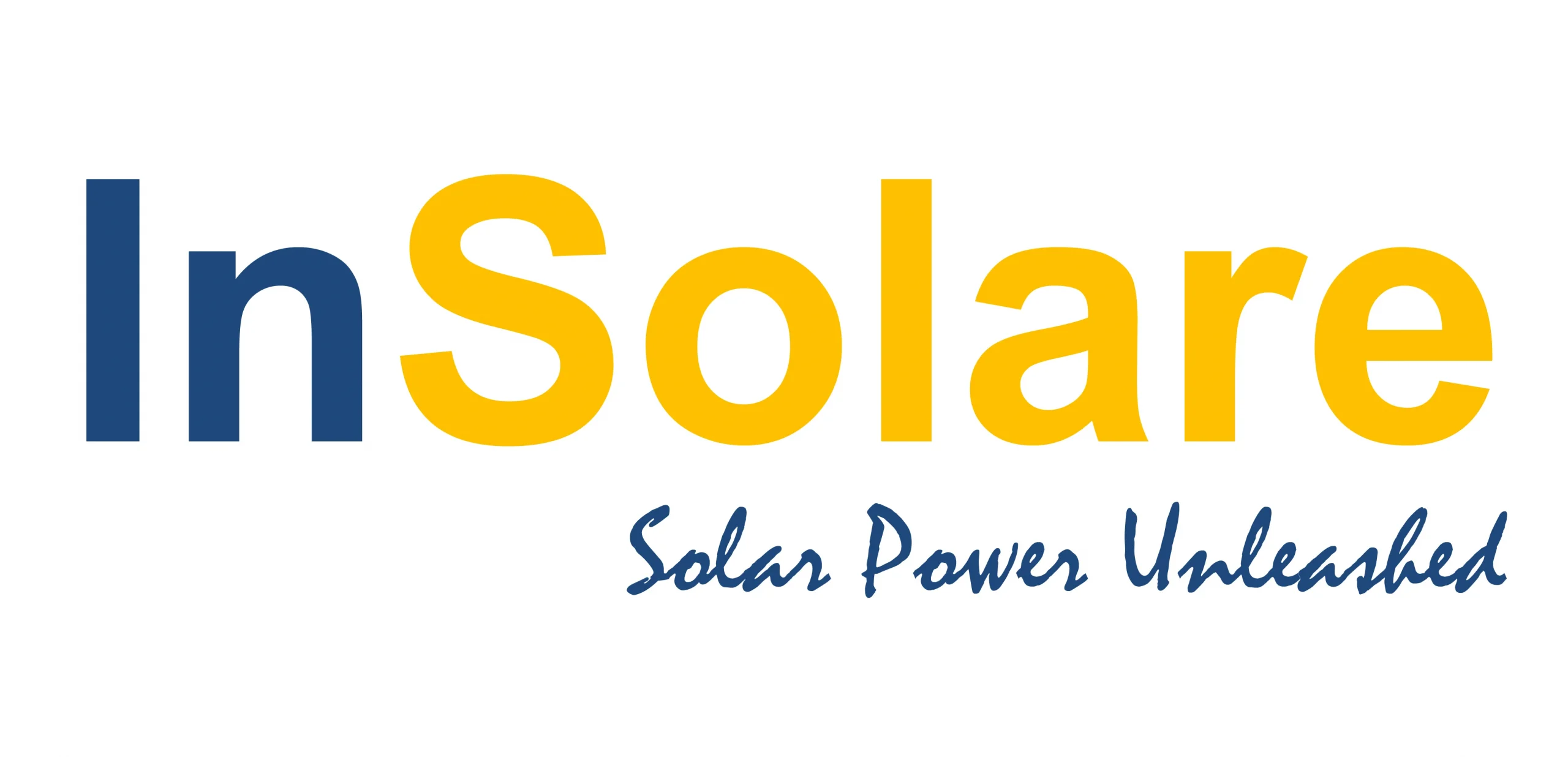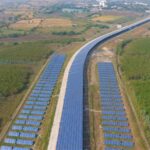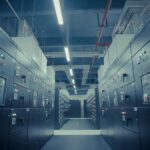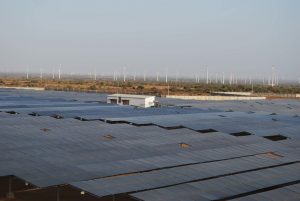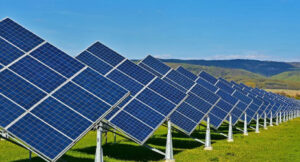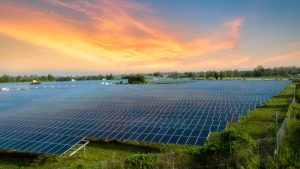EPC Experience: Advanced cleaning solutions for solar projects
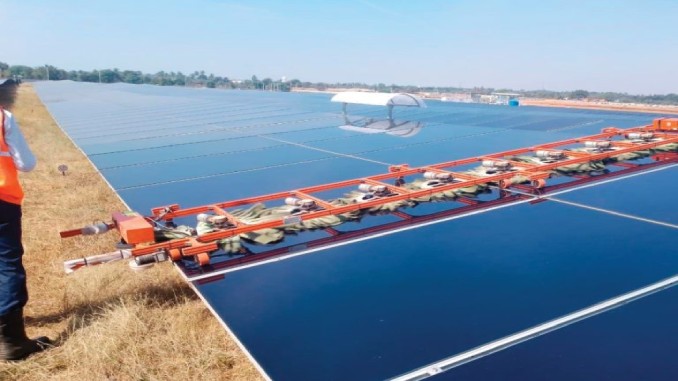
The solar market has been dependent on traditional cleaning systems for decades. Recently, however, there has been a noticeable shift from traditional to semi-automatic and automatic cleaning. Historically, traditional methods have been used since the beginning of solar power development in the country. Semi-automatic cleaning appeared around 2010. For the purposes of this article, “semi-automatic” may be defined as a combination of automatic rotary brush systems on the modules or between rows, and manual cleaning; while automatic systems require minimal manpower. The article is based on InSolare’s experience in the solar industry since 2009. InSolare is a technology leader (>250 MW completed and >300 MW in the pipeline) and has a team of over 200 employees who are led by a PhD holder with around 50 patents. The key methods for cleaning solar plants can be divided into three types.
Traditional wet cleaning: Here, a water pipe network is constructed across the solar plant, with nozzles built at predefined intervals/locations for the cleaning team to plug in the hose pipes as required. A brush/mop/cloth may be used by the cleaning team after spraying water on modules. This facilitates the most effective cleaning, but is slow, expensive and uses a lot of water, which may not be available at remote sites. Water spray systems, using nozzles, sprinklers or other means, have attracted attention. However, these are deployed mainly in areas where access is a challenge, such as commercial/industrial superstructures, car parks or residential areas.
